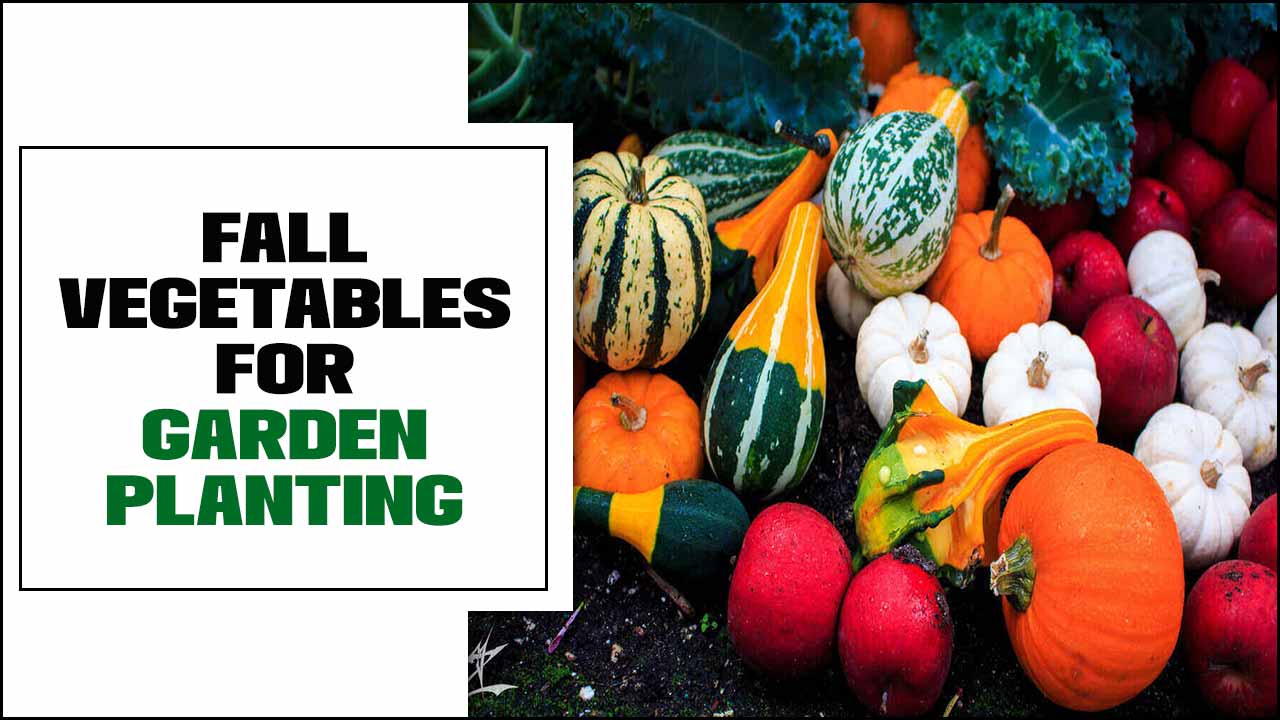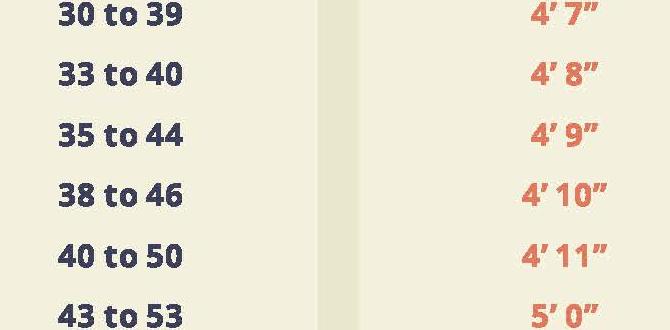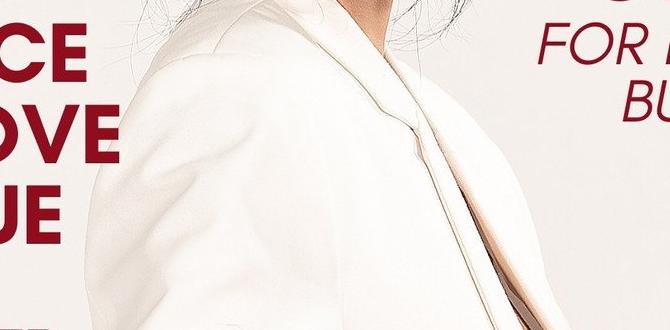Ready to attract feathered friends to your garden? Setting up a bird feeder is simple! This guide provides easy steps to choose the right feeder, select bird-safe food, and place it effectively for maximum avian visitors. Enjoy the delightful sights and sounds – it’s easier than you think!
Garden Bird Feeder Setup: Your Essential Guide to Welcoming Feathered Friends
Watching birds flit and flutter through your garden is one of life’s simple joys. But sometimes, getting them to visit consistently can feel a bit like a puzzle. You might wonder if your feeder is in the wrong spot, or if the food you’re offering is quite right. Don’t worry! This guide is here to help you navigate the wonderful world of bird feeding, making it easy and rewarding for both you and your local avian neighbors.
We’ll walk through everything, from picking out the perfect feeder to knowing just where to hang it. By the end, you’ll have a beautiful, bird-friendly haven that buzzes with life. Let’s get those birds singing!
Why Set Up a Bird Feeder? The Sweet Rewards
Beyond the sheer delight of watching colorful birds up close, setting up a garden bird feeder offers a surprising number of benefits. It’s a small act that can make a big difference for local wildlife and for your own well-being.
- Supporting Local Ecosystems: Bird feeders provide a crucial food source, especially during leaner months when natural food can be scarce. This helps resident bird populations thrive.
- Educational Opportunities: For families, feeders are living nature lessons! They’re a fantastic way to teach children about different bird species, their behaviors, and the importance of conservation.
- Pest Control: Many common garden birds are excellent at eating insects. By attracting them, you get a natural, eco-friendly pest control service for your plants!
- Biodiversity Boost: Different types of feeders and foods attract a wider variety of bird species, increasing the biodiversity in your garden.
- Personal Enjoyment: Simply put, birds make gardens more lively and beautiful. Their songs and vibrant colors can be incredibly therapeutic and stress-reducing.
Choosing Your Bird Feeder: A Style for Every Garden
With so many types of bird feeders available, selecting the right one can seem overwhelming. The best feeder for you depends on the birds you want to attract, the space you have, and how much maintenance you’re willing to do. Here’s a look at some popular options:
1. Tube Feeders
Tube feeders are excellent for small, clinging birds like finches, chickadees, and titmice. They typically have multiple feeding ports and are great for offering seeds like nyjer (thistle) or smaller sunflower seeds.
- Pros: Efficient for small seeds, often squirrel-resistant designs available, good for attracting smaller species.
- Cons: Can be harder to clean thoroughly, larger birds might not be able to access them.
2. Hopper Feeders
Hopper feeders have a large reservoir that holds a generous amount of seed, which is then dispensed into smaller feeding trays. They are versatile and can hold various seed mixes, cracked corn, or sunflower seeds. They tend to keep seed dry and fresh.
- Pros: Holds a lot of food, protects seed from weather, suitable for a wide range of birds.
- Cons: Can attract larger, more aggressive birds that might deter smaller ones; some designs can be prone to raiders.
3. Platform or Tray Feeders
These feeders are essentially a flat surface, often with a mesh bottom to allow for drainage. They are very accessible and can accommodate a wide variety of birds, including larger species like jays and cardinals, as well as ground-feeding birds like doves. They are also great for offering mealworms or fruit.
- Pros: Very easy for birds to access, can hold a variety of food types, simple to clean.
- Cons: Seed can get wet and spoil quickly, less protection from predators, often a target for squirrels.
4. Suet Feeders
Suet feeders are designed specifically to hold blocks of suet (rendered animal fat mixed with seeds and other ingredients). They are particularly popular in colder months, providing high-energy food for woodpeckers, nuthatches, and wrens.
- Pros: Excellent high-energy food source for winter, attracts unique species.
- Cons: Suet can melt in warm weather, can become messy if not cleaned properly.
5. Window Feeders
These feeders attach directly to your window with suction cups. They offer a fantastic, close-up view of visiting birds without requiring you to go outside. They are usually small but offer a great experience for beginners or those with limited space.
- Pros: Amazing close-up viewing, easy to set up, good for apartments.
- Cons: Small capacity, birds can sometimes fly into windows (though many designs aim to mitigate this).
What to Feed Your Feathered Guests: A Feast for All Palates
Just like us, birds have diverse dietary needs and preferences. Offering a variety of food can attract a wider range of species and keep them coming back for more.
Essential Bird Food Choices:
- Black Oil Sunflower Seeds: This is the undisputed champion of birdseed. Its thin shell makes it easy for many birds to crack, and it’s packed with fat and protein. It’s a favorite of cardinals, chickadees, finches, grosbeaks, and nuthatches.
- Safflower Seeds: A good alternative to sunflower seeds, safflower has a bitter taste that most squirrels and some grackles dislike, but cardinals, chickadees, and titmice enjoy.
- Nyjer (Thistle) Seed: Tiny and packed with oil, this is a favorite of finches, especially American Goldfinches. It’s best offered in a tube feeder with small ports designed for its size.
- Millet: Often found in mixed seed bags, millet is a good choice for ground-feeding birds like doves and sparrows. White proso millet is particularly popular.
- Cracked Corn: A very inexpensive option that attracts coarser-feeding birds like jays, cardinals, doves, and flickers. Be mindful that it can also attract unwanted guests like rodents if not managed well.
- Peanuts (Shelled or Unshelled): A high-energy treat loved by jays, woodpeckers, chickadees, and titmice. Offer them whole or shelled in a suet feeder or a specialized peanut feeder.
- Suet: Especially valuable in winter, suet cakes provide essential fats and calories. Look for cakes without added colors or excessive fillers. Woodpeckers, nuthatches, wrens, and chickadees are common visitors to suet feeders.
- Mealworms (Live or Dried): A protein-rich treat, especially beloved by bluebirds, robins, and wrens. Offer them in a shallow dish or a specialized mealworm feeder.
Important Note: Avoid bread and breadcrumbs! While birds might eat them, they offer very little nutritional value and can even be harmful, filling them up without providing necessary energy. Also, ensure any seed mixes you buy are of good quality, with minimal filler seeds that most birds ignore.
Foods to Avoid:
- Bread and bakery products
- Salty snacks (chips, crackers)
- Processed foods
- Candy and sugary items
- Avocado
- Chocolate
- Anything moldy or spoiled
Where to Hang Your Bird Feeder: Location, Location, Location!
The placement of your bird feeder is crucial for both attracting birds and keeping them safe. A well-placed feeder will be accessible and appealing to birds, while a poorly placed one might scare them away or make them vulnerable.
Key Placement Considerations:
- Proximity to Shelter: Birds feel safer when they can quickly retreat to trees or shrubs if a predator approaches. Aim to place your feeder within 10-15 feet of cover.
- Height: Most feeders should be hung at least 5-6 feet off the ground to deter ground predators and make refilling easier.
- Predator Protection: Keep feeders at least 5 feet away from anything a cat or squirrel could jump from (fences, branches, buildings). Consider using baffles to deter squirrels and raccoons.
- Visibility: While close to cover, the feeder itself should be visible. Birds need to be able to spot it! Avoid hiding it too deeply in foliage.
- Window Safety: If placing feeders near windows, ensure they are either very close (less than 3 feet) or far away (more than 30 feet) to reduce the risk of bird collisions. Window feeders that attach directly to the glass are a great solution for this.
- Varying Locations: If you have multiple feeders, place them in different areas. Some birds prefer feeders near the ground, while others like them higher up.
A good starting point is often hanging a feeder from a sturdy tree branch, a shepherd’s hook, or a dedicated pole in your yard. Experiment to see where the birds in your area seem most comfortable visiting.
Setting Up Your Feeder: A Step-by-Step Approach
Once you’ve chosen your feeder and food, the setup is straightforward. Follow these steps to get your avian restaurant open for business:
- Assembly: If your feeder requires assembly, follow the manufacturer’s instructions carefully. Most modern feeders are designed for easy setup.
- Choose Your Location: Based on the considerations above, select a suitable spot. Ensure it’s stable enough to hold the weight of the feeder plus food and visiting birds, and consider how you’ll access it for refilling and cleaning.
- Install Mounting Hardware: This might involve screwing a hook into a tree, setting up a pole, or attaching the feeder to its designated mount. If using a pole, consider installing a squirrel baffle. For more on creating a squirrel-proof setup, resources like the National Audubon Society offer excellent advice.
- Fill the Feeder: Open your chosen bird food and carefully fill the feeder. Don’t overfill it, especially if you’re new to this, as it can lead to waste.
- Hang the Feeder: Securely hang the filled feeder in your chosen location. Make sure it’s level and stable.
- Observe: Now comes the fun part! Watch discreetly from a window to see if any birds discover your new offering. It might take a few days for them to find it, especially if it’s a new type of food or feeder. Patience is key!
Maintaining Your Bird Feeders: Hygiene is Key!
Keeping your bird feeders clean is essential for the health of the birds. Dirty feeders can harbor mold, bacteria, and even disease, which can be passed on to the birds. Regular cleaning prevents this.
Cleaning Schedule and Methods:
- Frequency: Aim to clean your feeders every two weeks. If you notice any mold or spoilage, clean them immediately.
- Disassemble: Take the feeder apart as much as possible.
- Empty and Discard: Remove any old food. Discard any wet, moldy, or clumped seed.
- Wash: Wash all parts thoroughly with hot, soapy water. A mild dish soap is usually fine. For tougher grime or if you suspect disease, use a mild bleach solution (1 part bleach to 9 parts water) and rinse exceptionally well.
- Rinse: Rinse all parts thoroughly with clean water to remove all soap or bleach residue.
- Dry: Allow all parts to dry completely before reassembly. This is crucial to prevent mold growth.
- Refill: Once dry, refill with fresh food.
A study by the U.S. Fish & Wildlife Service highlights the importance of feeder hygiene in preventing the spread of avian diseases.
Troubleshooting Common Bird Feeder Issues
Even with the best intentions, you might encounter a few hiccups. Here are common problems and how to solve them:
Squirrels and Other Critters:
Squirrels are notorious raiders. If they’re a problem:
- Use a squirrel-proof feeder design or a baffle.
- Place feeders at least 10 feet away from jumping-off points.
- Try safflower seeds, which many find unpalatable.
- Consider a cat pole if other methods fail.
No Birds are Visiting:
Be patient! It can take days or even weeks for birds to discover a new feeder. Ensure the food is appealing and the location is safe and visible.
Feeder is Wet or Spoiled:
Ensure your feeder has good drainage. Hopper feeders and feeders under a roof offer some protection. Clean and discard spoiled food immediately.
Only Starlings and Grackles are Visiting:
These larger, more aggressive birds can dominate feeders. Try offering foods they don’t prefer, like safflower seeds, or using feeders with smaller openings that are better suited for smaller birds.
Essential Bird Feeder Setup Checklist
Here’s a quick rundown to ensure you have everything covered for a successful bird feeder setup:
| Item | Description | Importance |
|---|---|---|
| Bird Feeder | Appropriate type for target birds and location (tube, hopper, platform, suet, window) | Essential for holding food |
| Bird Seed/Food | High-quality, species-appropriate food (e.g., black oil sunflower, safflower, nyjer) | Attracts specific birds and provides nutrition |
| Mounting Hardware | Hook, pole, bracket, or wire for hanging | Securely holds the feeder |
| Location | Safe, accessible, near cover, visible | Crucial for safety and attraction |
| Cleaning Supplies | Brush, mild soap or diluted bleach, clean rags | Maintains hygiene and bird health |
| Squirrel Baffle (Optional) | Cone or dome to block squirrels/raccoons | Protects food from unwanted visitors |
| Water Source (Optional but Recommended) | Bird bath or shallow dish | Complements feeding, much appreciated by birds |
Frequently Asked Questions About Garden Bird Feeder Setup
Q1: How long does it take for birds to find a new feeder?
It can vary greatly. Some birds might find it within hours, while for others, it could take a few days or even a couple of weeks, especially if it’s a new type of food or feeder in your area. Patience and consistent refilling with appealing food are key!
Q2: Should I leave my bird feeder up all year?
Yes, it’s generally best to leave feeders up year-round. While feeding is most critical in winter when natural food sources are scarce, birds can benefit from supplementary feeding during breeding season (especially for protein) and migration periods. Plus, you get to enjoy them all year!
Q3: What are the best foods to attract specific birds?
For finches, try nyjer seed in a tube feeder. For cardinals and larger birds, black oil sunflower seeds, safflower, or peanuts in a hopper or platform feeder work well. Woodpeckers and nuthatches love suet. Bluebirds are attracted to mealworms and fruit.
Q4: Is it okay to use mixed birdseed?
Mixed birdseed can be okay, but many affordable mixes contain a lot of filler seeds (like red milo or cracked corn) that birds often leave behind, leading to waste and potential for mold. It’s often better to buy single-ingredient seeds like black oil sunflower or safflower to ensure birds eat what you offer and get the most nutrition.
Q5: My feeder is attracting too many squirrels. What can I do?
Squirrels are clever! Try using a feeder with a squirrel-resistant mechanism, or hang it on a pole with a wide baffle above or below it. Ensuring there’s no easy jumping-off point from nearby trees or structures is also vital. You might also try feeding safflower seeds, which squirrels tend to dislike.
Q6: How do I keep my bird feeders clean during wet weather?
Feeders with good roof overhangs or enclosed designs that protect the seed from rain are best. Regularly check seed for mold, especially after rain






